A-to-Z guide to auspicious eating
Feb 12, 2024
Stephenie Gee’s A-to-Z guide to auspicious eating in the Year of the Dragon
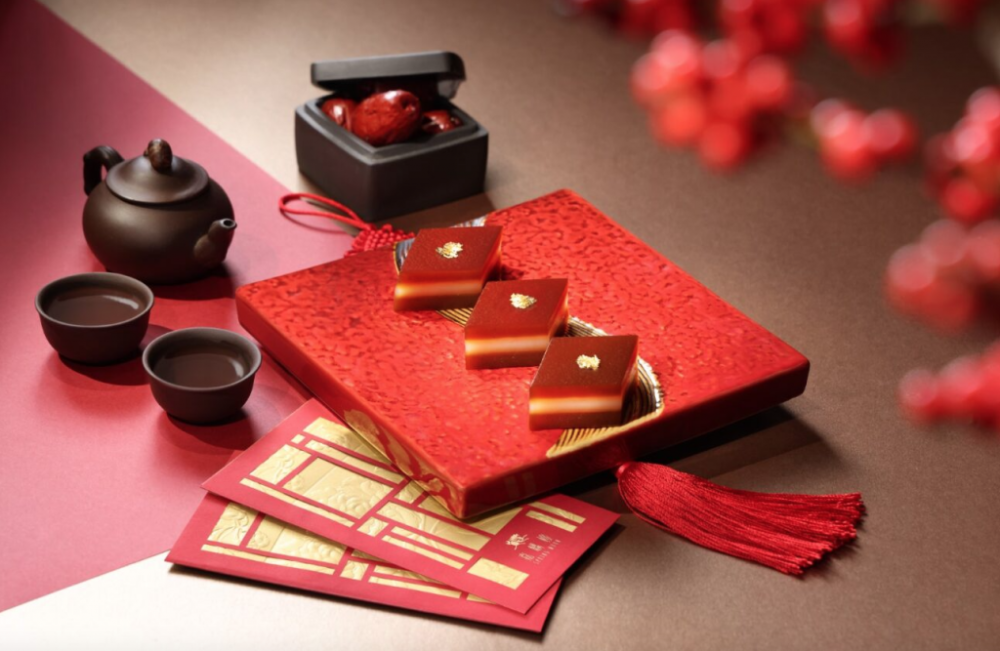
A
De-shelled, the abalone resembles a Chinese gold ingot, while its Chinese name, bao yu, is a homophone for “assured abundance”. For that reason, you’ll find it a staple at Chinese New Year celebrations, together with other symbols of wealth like sea cucumber and fish maw.
B
Fat choy, or black sea moss, served with braised dried oysters, ho see, is a classic for Chinese New Year, its name resembling the Cantonese wish for “good fortune and good things”.
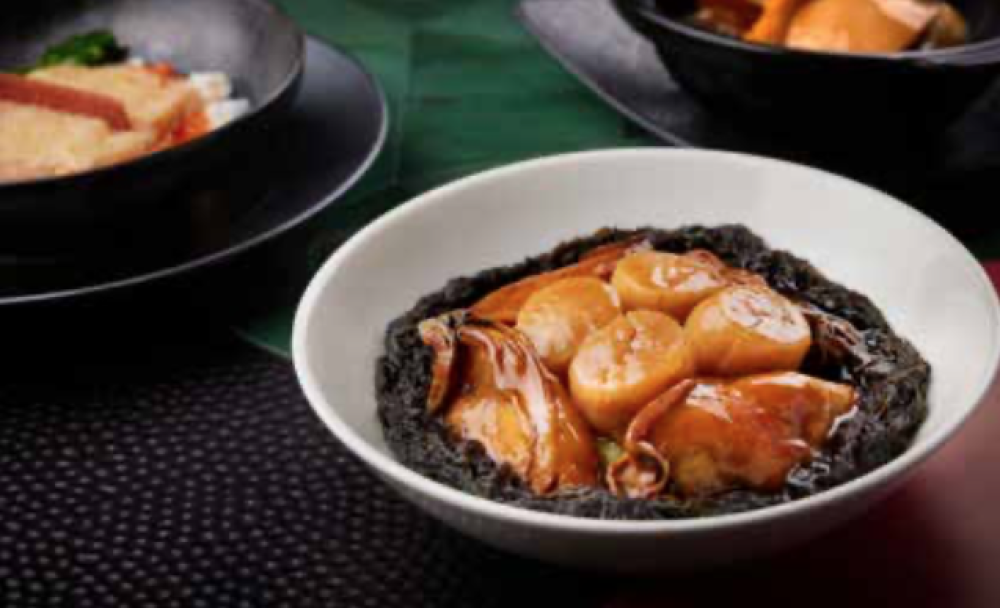
C
The candy box, or chuen hup, meaning “tray of togetherness”, is a fixture of every household during Chinese New Year. Traditionally, the trays are octagon or circular in shape, with eight compartments –
a number associated with wealth in Chinese culture – each filled with a treat that bears an auspicious
meaning of its own.
D
Boiled, steamed or pan-fried, dumplings are standard fare during the holidays. They are believed to bring good fortune, due to their crescent shape resembling gold ingots. Sometimes a coin will be hidden in the stuffing – usually pork and cabbage – to bring luck to whoever finds it in their bowl.
E
A dazzling confection of sweet glutinous rice filled with red bean paste and studded with eight varieties of dried fruits, nuts and seeds, eight-treasure rice is said to bring great fortune.
F
Fortune cakes, also referred to as fat goh, are deliciously sweet, airy steamed sponge cakes that carry the meaning of “growing prosperity”. They can be coloured tan with brown sugar, or, for Chinese New Year, crowned with dots of lucky red.
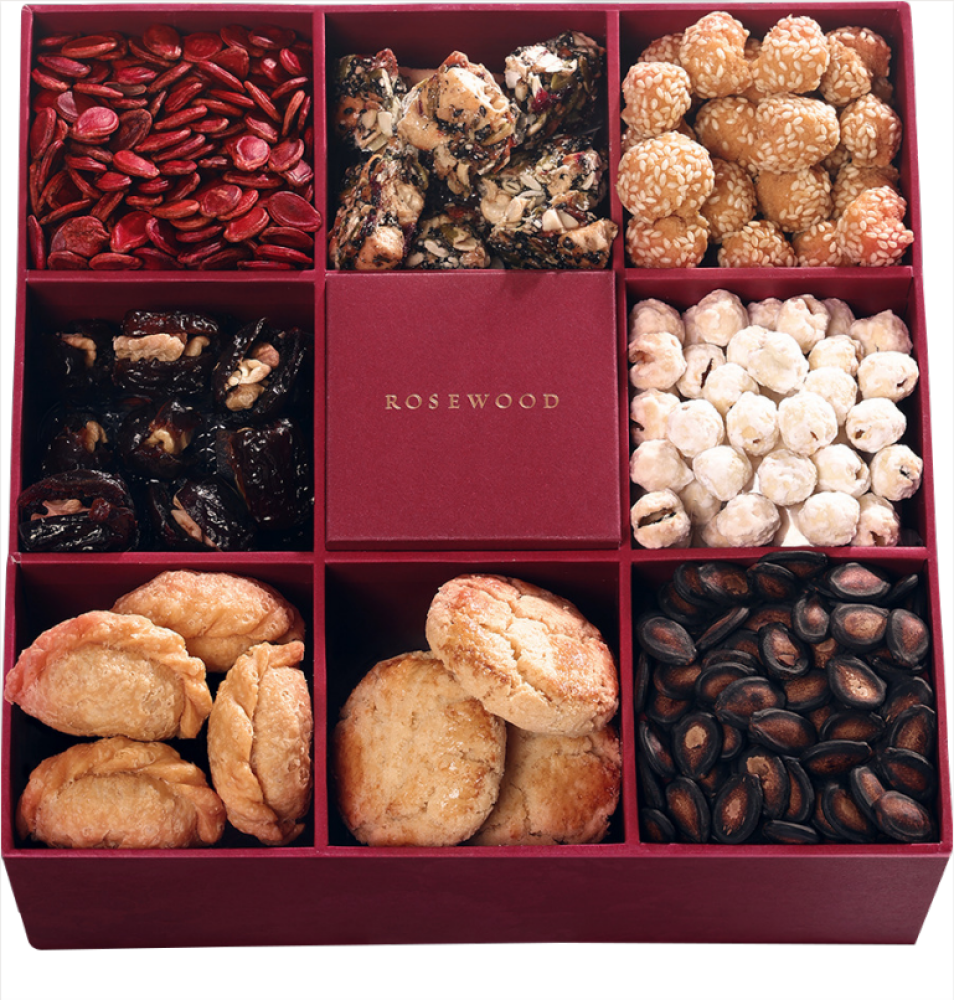
G
Glutinous rice balls, or tong yuen, are a must-have during the Lantern Festival, on the 15th day and last day of Chinese New Year celebrations, for their name, which is associated with reunions and togetherness. Their round shape, too, signifies unity and harmony. They’re presented typically basking in a sweet ginger soup or deep-fried, with fillings like black sesame, peanut or red bean.
H
Chinese New Year is the time to reunite with your nearest and dearest, and what better way to do it than
over hot pot? Communal eating at its best, the dish is believed to date back thousands of years to the Mongolian troops of Genghis Khan.
I
Many vegetables carry symbolic meanings. Iceberg lettuce, for example, signifies wealth. Flowering chives are seen as a metaphor for a flourishing life. And bamboo shoots stand for continuous growth.
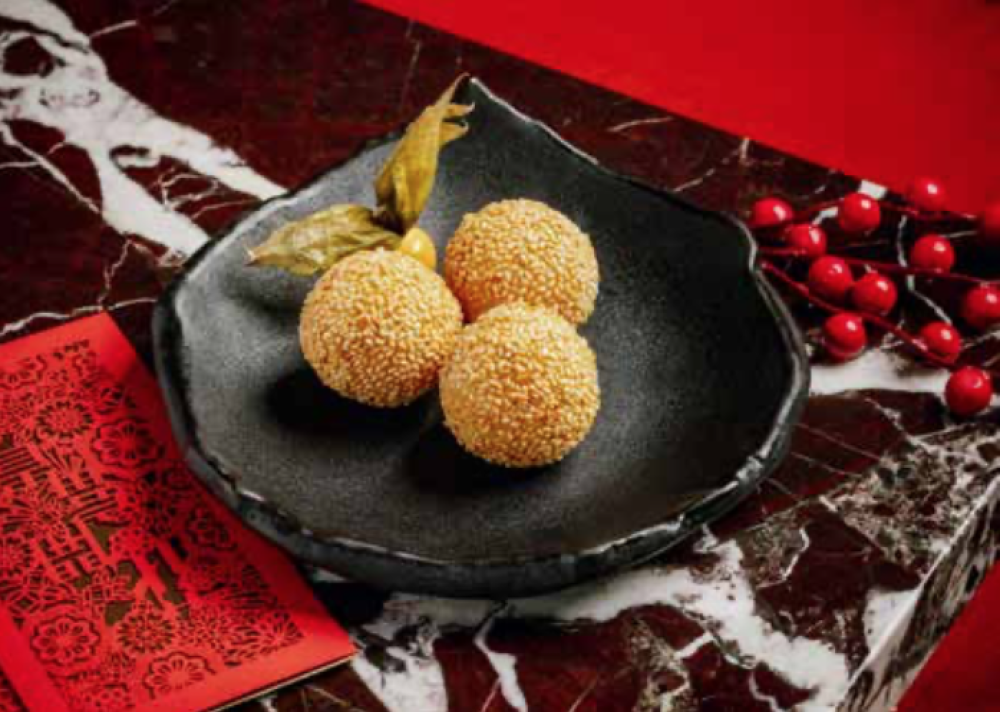
J
Known as red or Chinese dates, jujubes are prized for their red colour, signifying joy, luck and prosperity. The word “date” is also a homonym for “early,” so the red date is said to provide a head start in all endeavours.
K
Derived from the Cantonese translation gam gut, meaning gold and luck, kumquats make for the perfect lucky treat to eat, gift or display (a pot or two of kumquat trees are often placed near doorways to ensure good fortune when you step into your abode).
L
What’s wealth without health? Enter “longevity noodles”. Symbolic of, as the name implies, longevity, it’s believed the longer the strands the better. Served with your favourite toppings and sauces, the noodles are best eaten without biting through, keeping one’s good luck intact.
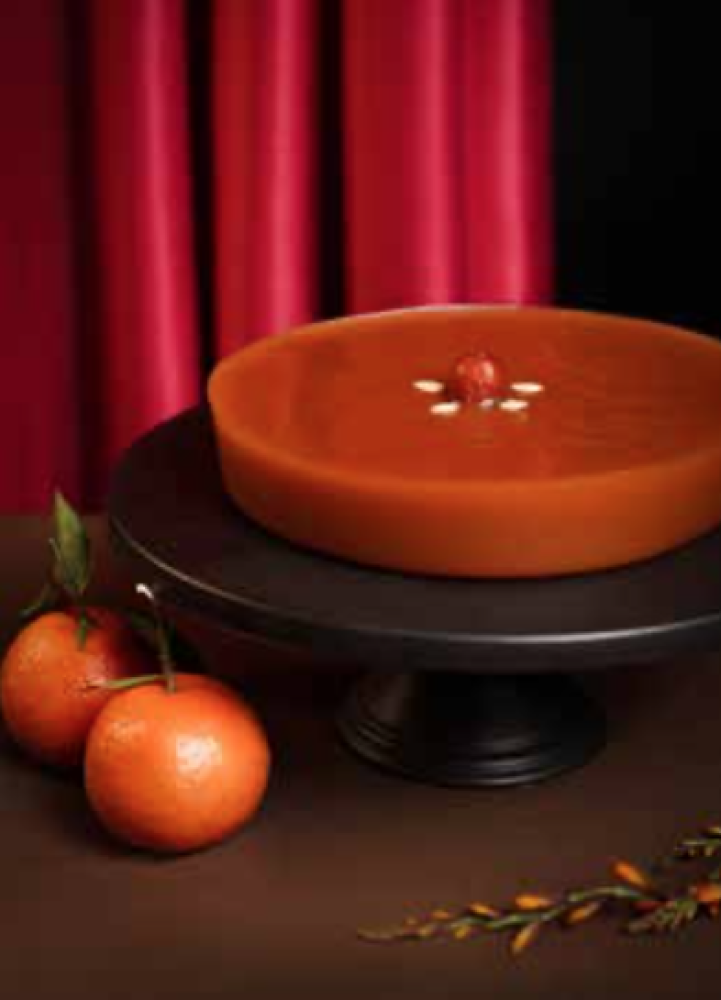
M
Melon seeds signify riches so it’s customary to take a small handful from the candy box, as if you’re “grasping silver” or “grabbing riches”.
N
Nuts are a popular Chinese New Year snack as they carry special meanings. Referred to as “longevity nuts”, peanuts enjoy a lofty status in Chinese culture. Cashews are loved for their resemblance to gold ingots while pistachios, called “happy nuts” in Chinese, symbolise happiness.
O
Osmanthus bears the meaning of prosperity and nobility. Fragrant and subtly sweet, these flowers make for an auspicious addition to desserts like puddings and dessert soups.

P
With roots tracing back more than 700 years, as legend has it, to a village in the New Territories where Emperor Bing of the Song Dynasty sought refuge, poon choi – a basin filled with premium ingredients, from root vegetables and pig’s skin to abalone and roasted duck, layered in order of prestige – has traditionally been shared among family and friends during the holiday as a blessing of unity.
Q
Quail eggs entwined in strands of noodles signifies a wish for a prosperous new year.
R
Chinese New Year puddings come in a variety of both sweet and savoury flavours, but the most definitive Chinese New Year pudding would be the rice cakes, or neen goh. Translating to a “year higher” in Cantonese, these sweet and sticky cakes invite growth, be it in career, income, health
or even height.
S
Sesame balls are deep-fried puffs of dough, loaded with sweet fillings like lotus, red bean and black sesame paste, and crusted in aromatic toasted sesame seeds. Their round shape and gold colour represent the coming of good fortune and wealth, making them a staple of any New Year dim sum spread.

T
Turnip cake can be found all year round at dim sum restaurants around town, but it most definitely will be present at the table during Chinese New Year for its symbolism of good fortune. Recipes vary but it’s generally made with a combination of dried mushrooms, conpoy and preserved Chinese sausage.
U
Using knives, scissors and other sharp utensils on New Year’s Day is believed to cut away your good fortune, so be sure to keep them stashed away.
V
Like “longevity noodles”, vermicelli represent the wish for a long, happy and healthy life.
W
A whole fish not only lends an impressive appearance to the dinner table, but also brings wholeness, abundance and prosperity to the family for the coming year. How you position the fish on the dinner table matters, too. It’s a sign of respect to point the head of the fish towards guests or elders, and it’s considered good luck if the two people who face the head and tail drink together.
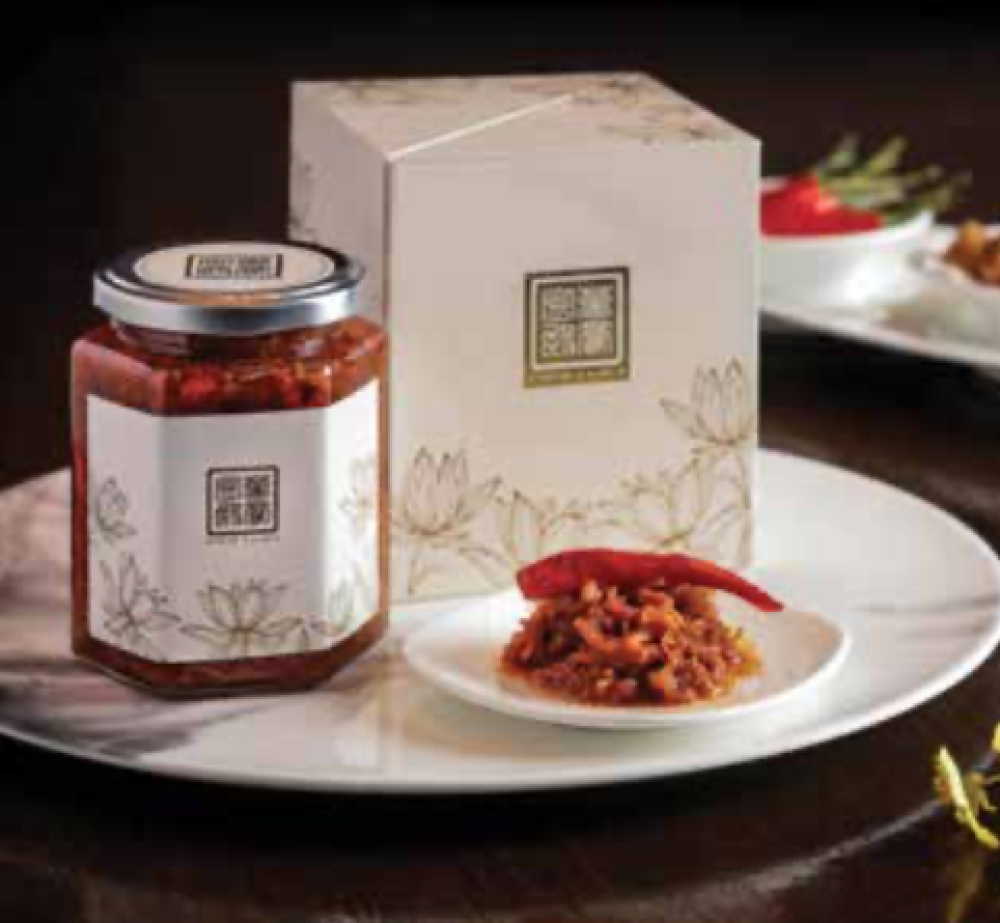
X
Nothing is quite as symbolic of good fortune as the quintessential Hong Kong condiment, XO Sauce. Its name, XO, is acronymous for “extra-old”, inspired by the prestige of the Rémy Martin XO Cognac, which surged in popularity amongst Hongkongers in the 1980s. The sauce itself is an umami- packed blend of costly – and auspicious – ingredients like dry-cured Jinhua ham, red chilli, dried fish, scallops and shrimps.
Y
Yau gok are deep-fried dumplings unique to Cantonese regions during Chinese New Year. Fillings come in two varieties: savoury, with pork and mushroom; and sweet, with desiccated coconut, peanuts, sesame and sugar. The dumplings are shaped into gold ingots to signify a blessing for wealth throughout the year.
Z
Part of the gourd family – which holds rich symbolism in Chinese culture – zucchini carries auspicious connotations, representing blessings, good health and prosperity. Stir-fry with preserved Chinese sausage or fresh lily bulbs, whose name symbolises a “harmonious union”.
Also see: Year of the Dragon wish list



























